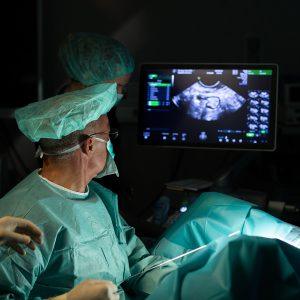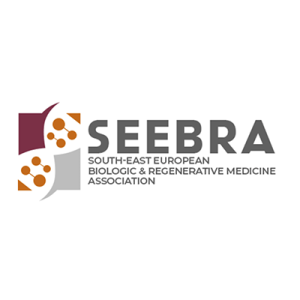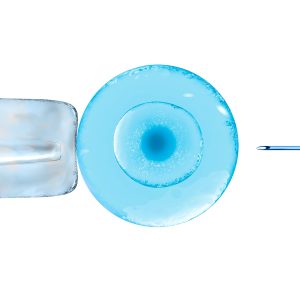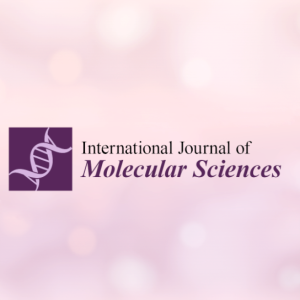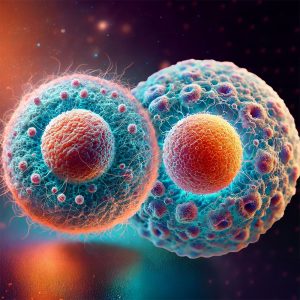Although this is a relatively new area of therapy and the results are only now beginning to come in, ovarian rejuvenation is giving a lot of would-be-mothers reason to be hopeful and optimistic!
With any new procedure that is meant to favor fertility in women and increase the likelihood of conception and childbirth, the first question that always comes up is the simplest one: Does it work?
Ovarian rejuvenation is a fairly new approach to female fertility, based on groundbreaking discoveries and applications in the use of platelet-rich plasma (PRP) and stem cell research. Companies such as SEGOVA Biotechnology are exploring exciting ways to successfully produce new follicles and eggs in ovaries that are chosen for this treatment.
However, as it is new, it is difficult to get a good idea of the results. Not enough studies have been done yet and getting an answer to your original question is not always easy. In order to combat this, we have put together some information based on our own data. The data we have amassed and that we continue to collect in our clinics provides key insights on how the procedure of ovarian rejuvenation really works.
We show you how it acts on the hormones involved in conception, increasing and decreasing their levels according to the optimum conditions for achieving fertilized embryos. And as a result of our efforts, 64% of women who had ovarian rejuvenation therapy showed new follicles during a course of one year following each procedure.
Our Study
In order to begin to look at the outcomes and results, we initially looked at a group of 73 patients. In these patients, we first undertook a careful hormonal evaluation. In the group, we recorded the hormone levels over three, six, and 12-month periods.
As is readily understood from the chart below, three of the major hormones detectable in menstruation showed a marked decline, while E2, estradiol or estrogen, had increased in the same period.
Hormone – Recorded Change (12-months)
Follicle-stimulating hormone (FSH) – Down 25.82%
Luteinizing hormone (LH) – Down 25%
Estradiol (E2) – Up 26.6%
What does this mean? In the broadest sense, if the FSH, LH, and PG levels become lower, it shows evidence of ovarian rejuvenation. With this kind of encouraging data, it becomes clear that the procedure is a clear and viable solution to fertility issues. We are continuing to gather data and these kinds of reports will become much more frequent and complete as more and more women choose to undergo the treatment as a method that has moved up from promising to highly successful.
Who Can Do It?
As we mentioned already, processes and procedures in ovarian rejuvenation are relatively new, and we are learning every day more about the benefits of this technique.
Generally speaking, ovarian rejuvenation can be considered by perimenopausal or menopausal women who show low egg reserves. After the procedure for up to three months, hormone levels are measured to evaluate how the ovaries responded to the treatment.
The post-procedure rise in fertility hormones and accompanying decline in hormones that are present during menstruation, as we can observe in the table above, speaks the loudest about whether the technique was effective and the woman can then try to become pregnant either spontaneously or with IVF treatments.
Pregnancy in 40s: Chances, Risks, and Ways to Boost Fertility
By the Numbers
By far the most astounding and exciting information to come out of our studies is the whopping 64% of the total number of patients who had new follicles during one year following their treatment. This number alone speaks volumes for the positive outcomes of ovarian rejuvenation.
Of the women with new follicles, a full 39.1% of these had eggs, or oocytes, resulting from the performance of oocyte retrieval. This number represents 24.6% of the total number of patients.
Of these egg-positive patients, a full 83% had embryos (this is 20.54% of the women from the total number of patients). 60% of the women with embryos had embryos transfer.
66.6% had vitrified embryos (percentage of women who elected to freeze the embryos from the number of embryo-positive patients) and this represents 13.69% women out of total number of patients.
And Five Babies
After all the numbers have been played out and the percentages calculated, the final and best consummation of all this is that five babies were born as a result of ovarian rejuvenation treatments.
After the procedure, it is generally recommended to follow an IVF regime with our doctors as being the most promising way to help with conception even after ovarian rejuvenation. This does not mean it is required, however. Two women in our study conceived spontaneously – which is to say without additional IVF follow-up treatments after transplantation.
Of the three other babies born following our treatments, two other women conceived with the use of IVF treatments, and one of them conceived twins.
What is the SEGOVA Method?
SEGOVA is regarded as the most advanced, the most innovative and safest means of achieving true ovarian rejuvenation because the method applies its extensive scientific and medical research in the service of the natural processes and functions of the patient’s body – ovaries, blood, and stem cells.
The name, SEGOVA, is an acronym, for –
- Stem cell therapy
- Energy mitochondrial boosting
- Growth factor PLPR therapy
- OVArian in vitro activation
SEGOVA combines stem cell therapy with PRP and energy-boosting, high-impact exercises in a new and exciting way to enable the rejuvenation of the ovaries and the production of new eggs among women who may need it. The course of treatment is regarded as one of the most successful in the fertility sector today.
Talk to SEGOVA
The SEGOVA method introduces more precision into the process of ovarian rejuvenation, and therefore a higher chance of success in treating fertility issues in women who need it. Another benefit is that the repair of the hormonal systems will also improve the general health and well-being of patients.
For more information, questions, and consultations, we hope you will get in touch with us here. Our doctors are standing by and ready to discuss all of your needs and concerns.

